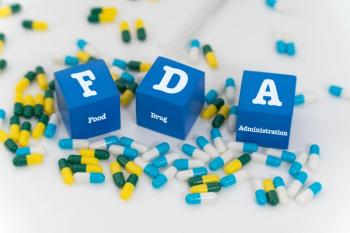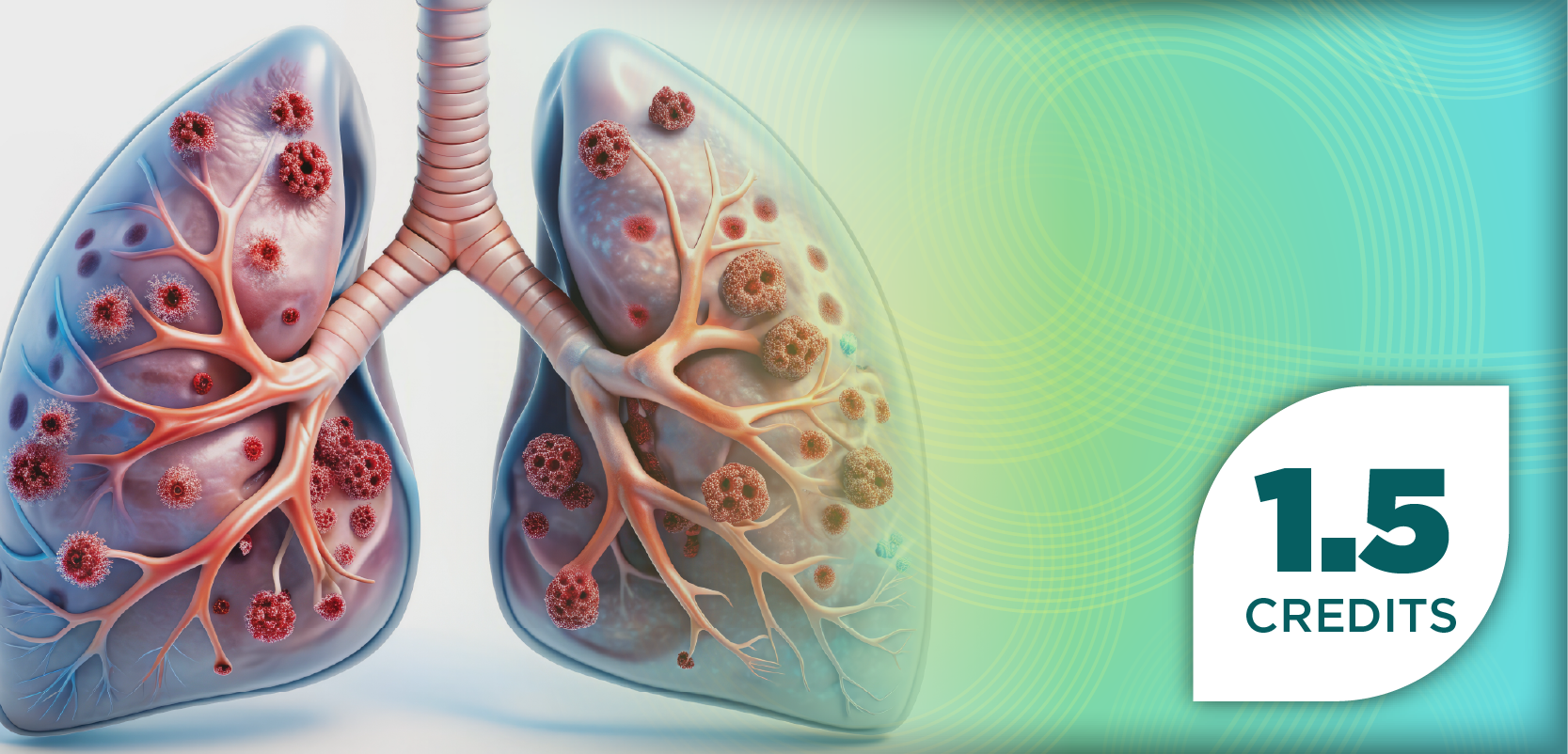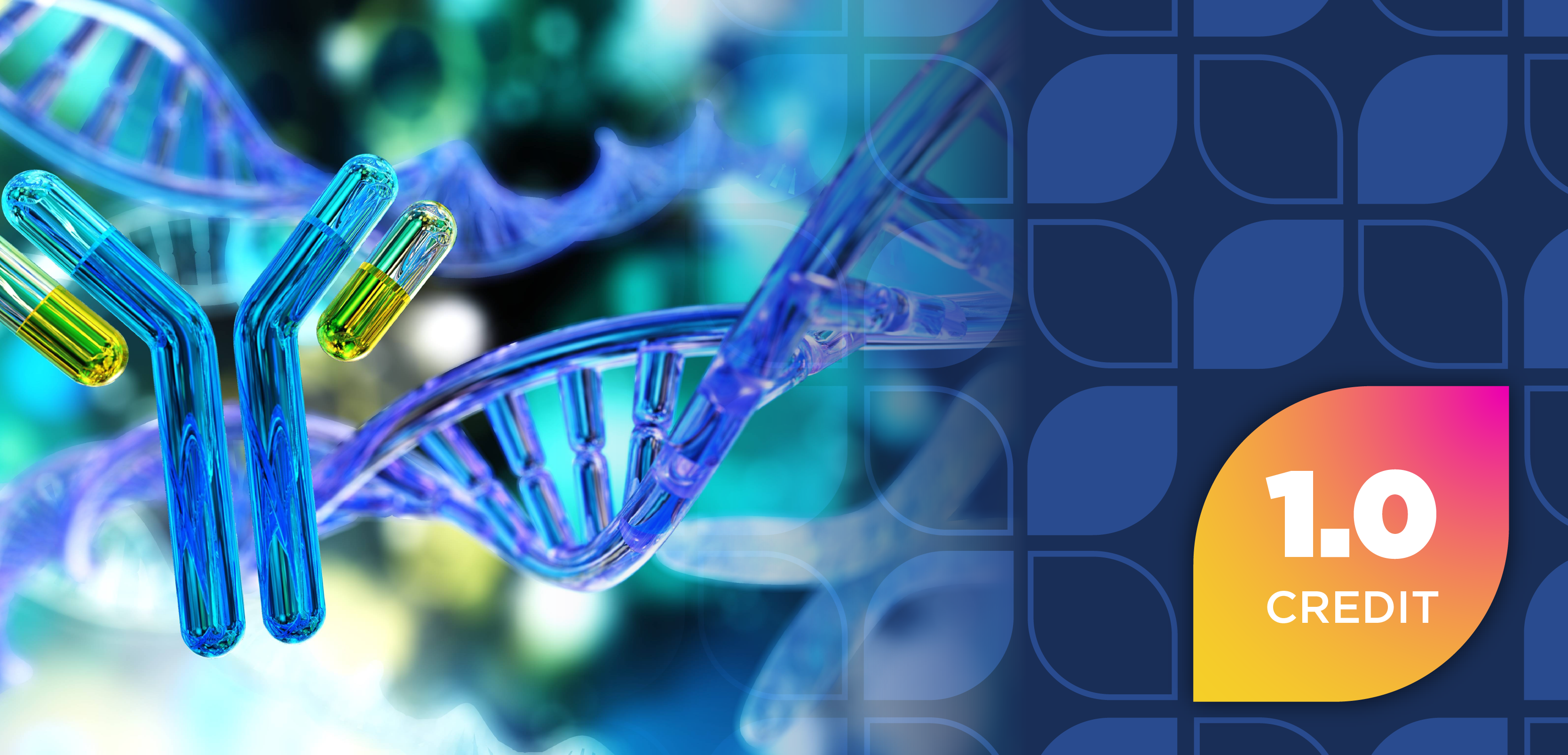
High Blood Pressure in Pregnancy Reduces Breastfeeding Success
In an exploration of recent mothers across the US, researchers addressed the association of hypertensive disorders during pregnancy with breastfeeding and breastfeeding cessation.
Among over 10 million postpartum mothers in the US, those with hypertensive disorders of pregnancy (HDP) exhibited a higher risk of never breastfeeding as well as a higher breastfeeding cessation hazard, according to study data published in JAMA Network Open.1
With potential risks of breastfeeding erasure among women with HDP, researchers believe future tailored approaches are crucial in promoting breastfeeding, especially among those experiencing increased cardiometabolic risk.
“Despite 83% of US women initiating breastfeeding at delivery, only 25% exclusively breastfeed through 6 months as recommended by leading health organizations, highlighting the presence of multifactorial barriers to sustaining exclusive breastfeeding faced by families,” wrote authors of the study.1 “Though other maternal comorbidities, including gestational diabetes, have been seen to negatively influence breastfeeding outcomes, little is known about breastfeeding outcomes for the 16% of US pregnant women with HDP compared with women without HDP.”
READ MORE:
Postpartum breastfeeding for women and their newborns is a significantly health-conscious choice for new mothers. Not only does breastfeeding provide children with proper nutrition and protection against illness, but it is also convenient and healthy for the mother. Breastfeeding is known to lead to a decreased risk of breast and ovarian cancer, type 2 diabetes, and hypertension for mothers.2
Furthermore, leading into hypertension’s link to pregnancy and breastfeeding outcomes, HDP is an increasingly prominent development among pregnant women. Aside from authors of the current study noting that HDP more than doubled from 1993 to 2017,1 previous data have shown that at least 20.8% of pregnant women were diagnosed with hypertension.3
Amid the benefits of breastfeeding and the risks—and prominence—of HDP throughout various populations, researchers of the current study wanted to better understand what led to women’s odds of never breastfeeding or discontinuing it with their children.
“We aimed to quantify the extent to which HDP exposure is associated with never breastfeeding and, for those who initiate breastfeeding, the hazard of and median time to breastfeeding cessation among a national sample of US women who were surveyed by the CDC between January 2016 and November 2022,” they continued.1 “We hypothesized that women with vs without HDP would have a higher probability of both never breastfeeding and earlier breastfeeding cessation.”
Researchers conducted a cross-sectional survey using the CDC’s Pregnancy Risk Assessment Monitoring System. The study included women who gave birth from January 2016 to November 2022. Participants resided in 43 different US states, including Washington, DC, and Puerto Rico.
For specific study parameters regarding breastfeeding and HDP outcomes, researchers defined the criteria for each. Women were determined to have HDP (primary independent variable) if they self-reported high blood pressure, hypertension, preeclampsia, or eclampsia before or during pregnancy.
If women reported “no” to breastfeeding, they were considered to have never breastfed. For those who responded “yes,” they either provided the exact number of weeks they had been breastfeeding, or they were still breastfeeding and provided their children’s ages when responding to breastfeeding times. For those who breastfed for under a week, their duration to cessation was simply 0.5 weeks.
The final analysis included 205,247 women (mean age, 30; 50.8% White). Among these women’s children, the mean infant age at survey completion was 18.2 weeks. Of the study population, 17% reported HDP diagnoses, with it being most prominent among women under age 18 and over age 34, those with lower household incomes, and women who were Black, American Indian, or Alaska Native.
“Exposure to HDP was associated with 11% higher odds of never breastfeeding and, among those who do initiate breastfeeding, a 17% higher hazard of breastfeeding cessation in the postpartum period,” continued the authors.1 “The median time to breastfeeding cessation was 17 weeks shorter for women with HDP than those without HDP.”
Providing further evidence highlighting the negative relationship between HDP and breastfeeding outcomes, researchers confirmed their hypothesis that women with HDP were more likely to never breastfeed and were quicker to cease breastfeeding than women who did not report HDP.
Study results can be used to inform the promotion of breastfeeding among new mothers. Despite the HDP population being at greater risk of not reaping the benefits of breastfeeding, researchers suggest a more patient-centric experience for patients with hypertension to protect cardiometabolic outcomes and promote health equity for women and their newborns.
“Our cross-sectional study demonstrates that US women with HDP had higher odds of never breastfeeding, and for those who did initiate breastfeeding, a shorter median breastfeeding duration and higher hazard of breastfeeding cessation compared with women without HDP, with evidence of modification by race and ethnicity,” they concluded.1 “Further analyses could inform tailored approaches to promote breastfeeding for dyads experiencing higher cardiometabolic risk and promote health equity for US women and infants.”
READ MORE:
Are you ready to elevate your pharmacy practice? Sign up today for our
References
1. Nardella D, Canavan ME, Taylor SN, et al. Hypertensive disorders of pregnancy and breastfeeding among US women. JAMA Netw Open. 2025;8(7):e2521902. doi:10.1001/jamanetworkopen.2025.21902
2. Breastfeeding benefits both baby and mom. CDC. May 5, 2025. https://www.cdc.gov/breastfeeding/features/breastfeeding-benefits.html
3. Bello NA, Zhou H, Cheetham TC, et al. Prevalence of hypertension among pregnant women when using the 2017 American College of Cardiology/American Heart Association blood pressure guidelines and association with maternal and fetal outcomes. JAMA Netw Open. 2021;4(3):e213808. doi:10.1001/jamanetworkopen.2021.3808
Newsletter
Pharmacy practice is always changing. Stay ahead of the curve with the Drug Topics newsletter and get the latest drug information, industry trends, and patient care tips.













































































































































































































